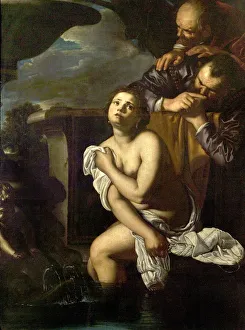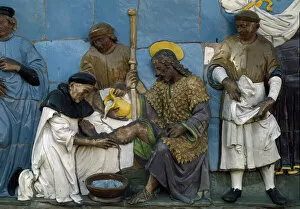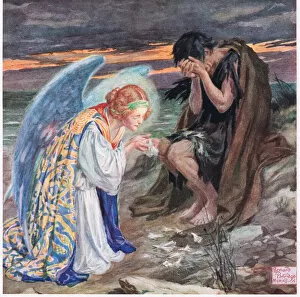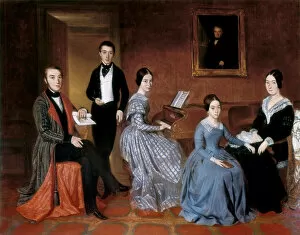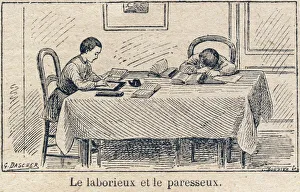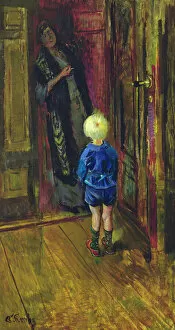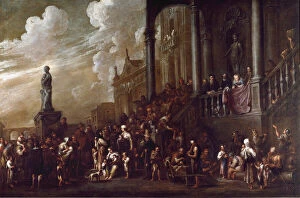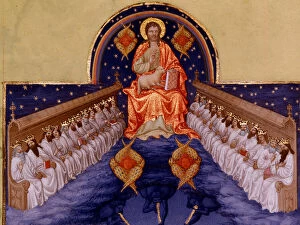Moral Collection (page 7)
"Moral Lessons from the Victorian Era to Modern Times: Exploring Art, Games, and Literature" In a world where values are constantly evolving
All Professionally Made to Order for Quick Shipping
"Moral Lessons from the Victorian Era to Modern Times: Exploring Art, Games, and Literature" In a world where values are constantly evolving, it is essential to reflect on the moral principles that have shaped societies throughout history. The Victorians were known for their strict adherence to rules and etiquette, as depicted in "Rules to be Observed by a Victorian Family. " This guidebook served as a compass for families striving to maintain virtuous behavior. Art has always been a powerful medium for conveying moral messages. Hieronymus Bosch's masterpiece "The Garden of Earthly Delights" challenges viewers with its intricate symbolism and allegorical representations of sin and virtue. It serves as a reminder that our actions have consequences. Even leisure activities held lessons in morality. The strip tease card game within the theater suit highlighted societal boundaries while encouraging self-restraint and modesty among participants. Similarly, the conductor's role emphasized discipline and order within an orchestra. Nursery rhymes like "Three Little Pigs" taught children about perseverance and hard work through the story of three siblings facing adversity. These tales continue to resonate today due to their timeless moral teachings. Adam Smith's renowned work, "The Theory Sentiments, " explored human nature's innate sense of right and wrong—a fundamental aspect guiding ethical decision-making even centuries later. Samurai culture embodied honor, loyalty, and righteousness—an elevated code of conduct rooted in ancient Japan's moral fabric—inspiring generations through their unwavering commitment to justice. Paranormal phrenology may seem unconventional but reminds us that exploring unknown realms should not compromise our ethical standards or infringe upon others' rights. Continuing with the theme of strip tease card games within theater suits, producers played an influential role in maintaining artistic integrity while ensuring entertainment remained tasteful yet captivating audiences' imagination responsibly. Meanwhile, call boys assisted behind-the-scenes during performances—a reminder that every individual contributes significantly towards achieving collective success.















